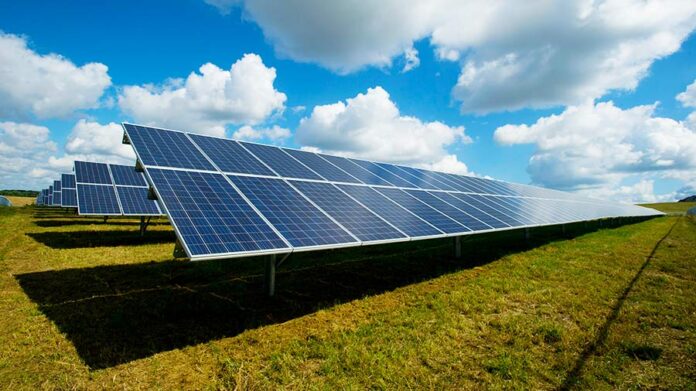Australia’s 12,400-hectare solar farm will deliver 6GW of energy annually to Singapore, meeting 15% of its electricity needs. Operations start in the early 2030s, final investment by 2027.
Australian Solar Farm Project
The Australian government plans to construct a 12,400-hectare solar farm aimed at transmitting energy to Singapore. The Australia-Asia PowerLink project will generate 6GW annually, supplying 15% of Singapore’s electricity requirements. Set to become the world’s largest solar precinct, 4GW will cater to industrial clients in Darwin, with the remainder serving Singapore. The investment decision is expected by 2027, with operations commencing in the early 2030s.
Singapore’s Renewable Energy Solutions
Singapore’s limited land poses challenges for large-scale renewable projects like solar farms. While solar power is used, high land costs make traditional solar initiatives expensive. Innovative solutions like floating solar farms and urban panels are also more costly. Additionally, operational and maintenance costs for energy infrastructure, such as gas power plants, are high due to strict environmental standards and skilled labor requirements.
Australia has recently given the green light to an ambitious project set to transform the regional energy landscape: a renewable energy link to Singapore. This pioneering initiative envisions the construction of a massive solar farm in Australia’s Northern Territory, paired with a high-capacity subsea cable to deliver clean energy directly to Singapore. Encompassing solar panels spread across thousands of hectares, the project will harness Australia’s abundant sunlight, converting it into electricity capable of powering Singapore’s urban infrastructure. The subsea cable, stretching over 3,700 kilometers, represents a groundbreaking feat of engineering, signifying a massive step toward international collaboration in renewable energy.
The approval marks a pivotal moment in both nations’ quests to diversify their energy portfolios and reduce carbon footprints. Singapore, a densely populated city-state, faces significant constraints in deploying large-scale renewable energy projects due to its limited land area. In stark contrast, Australia, with vast expanses of underutilized land and rich in natural sunlight, emerges as an ideal partner. The energy link promises to provide Singapore with a steady and reliable supply of green energy, thereby aiding its transition away from fossil fuels.
This development aligns with global efforts to combat climate change and underscores the increasing viability of renewable energy sources as integral components of national power grids. Moreover, the project is anticipated to generate significant economic benefits, potentially creating jobs and stimulating technological advancements in both countries. Additionally, it sets a precedent for similar cross-border energy collaborations, reflecting a trend where nations leverage geographical and technological synergies to achieve sustainability goals.
Critics, however, raise concerns about the environmental impact on marine ecosystems due to the installation of the subsea cable and potential socio-economic repercussions for local communities. Nevertheless, regulatory bodies and project developers are committed to implementing stringent measures to mitigate these risks. As the scheme progresses, it will be subject to rigorous assessment to ensure that environmental and social standards are upheld, aiming for a harmonious balance between innovation and conservation.
Source : Australia Approves Renewable Energy Link to Singapore


